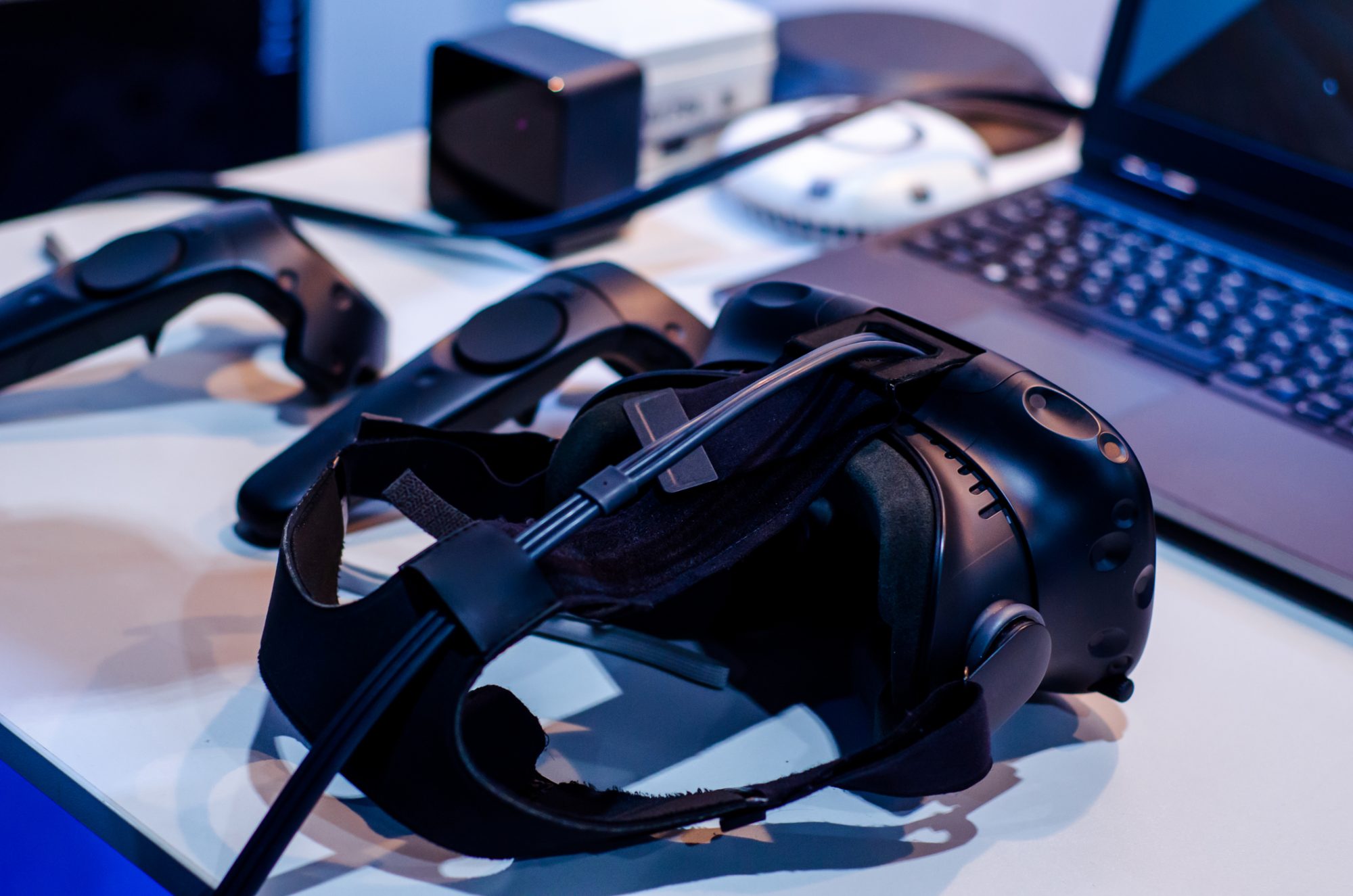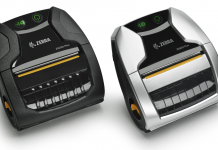Nadav Avni, Chief Marketing Officer at Radix Technologies, explores three reasons to add VR MDM software to your tech stack in 2023
For the average person, virtual reality (VR) and augmented reality (AR) bring hyperrealistic video games and the Metaverse to mind. For companies, however, these futuristic technologies hold the power to change the business landscape as we know it. And it all begins with pairing them with the right mobile device management system, specifically known as VR MDM software.
Business applications of VR and AR
Market & Market estimates that the AR and VR market will top $37 billion by the end of the year, and it will only continue to explode to $114.5 billion in 2027. The drivers of this growth lie primarily in healthcare training and increased use of retail and eCommerce applications. Here’s how these sectors are already leveraging VR and AR.
Combining VR and AR
For the average person, VR and AR bring hyperrealistic video games and the Metaverse to mind. For companies, however, these futuristic technologies hold the power to change the business landscape as we know it. And it all begins with pairing them with the right mobile device management system, specifically known as VR MDM software.
Retail and eCommerce
Retail and eCommerce applications for VR and AR are also on the rise. Enterprising retailers like IKEA now offer an app where customers can stage virtual furniture in their homes. This allows them to check the furniture’s fit before committing to the purchase. The same goes for many fashion stores. An in-house LED display provides customers with a virtual dressing room to mix and match different clothing options. Apps can also perform the same function as augmented reality. Footwear retailer Nike even offers an app that can accurately measure customers’ feet.
The need for VR MDM software
Companies amassing a fleet of VR and AR devices for training, marketing, and presentation needs will do so via a hefty investment. The average price of a VR headset is around $420, after all – and you know as well as we do that one of anything isn’t going to do anyone any favors. So, companies should also call on competent VR MDM software services to protect these investments.
Doing so ensures each device is well-maintained and ready for use. Here are three reasons why companies that invested in VR and AR technologies need reliable VR MDM software:

Low-level device management
Managing VR and AR devices requires keeping the operating system, firmware, and applications up-to-date. While connecting and managing a few devices is easy, things get complicated when dealing with dozens, hundreds, or even thousands of them. The ideal VR MDM software should run on a secure, encrypted cloud-based system, such as Amazon Web Services (AWS). This ensures that devices and the IT admin console can connect and communicate on demand.
The ideal VR MDM software also actively monitors the fleet’s devices to ensure optimal health. This means having the latest OS, firmware, and software versions available in cloud storage for easy download and installation.
The IT administrator should also be able to perform updates at scheduled intervals. This minimizes device downtime and user interruptions. With proper scheduling, IT admins can choose to update a single device, selected units, or the entire fleet when they aren’t missed.
Assignable user access levels
Additionally, IT admins should note the various users given access to the VR and AR devices and realize that not all have the same reason to use the device. For example, trainees will need the units to practice their skills. Meanwhile, trainers must monitor trainee activities and collect individual performance data for evaluation. Furthermore, sales and marketing staff will need to gather the insights generated by user data to tailor their strategies. Lastly, IT admins and support teams will need access to the system settings for repair and maintenance purposes.
Assigning various user levels with the corresponding permission levels helps ensure compartmentalized access. Restricting device usage based on need helps secure the devices and prevent abuse.
Increased security
It’s no secret that VR and AR devices are often wearable. Though more engaging and effective because of this, it makes them more tempting to shady users and opportunists. Thankfully, the IT admin’s remote access connectivity can help mitigate this risk. If an unauthorized user does manage to log into the system, the IT admin can override it and block access in real-time. This means that flagged users won’t be able to connect to the system to launch applications.
The IT team can even lock or freeze the device entirely before tracking and retrieving it via geolocation services. If users try to download or copy user data or analytics, the IT admin can also choose to shut down the device and wipe its memory clean.
Your VR and AR investment should come with a VR MDM software investment
The ideal VR MDM software should be able to seamlessly manage VR and AR devices running on different operating systems. Completely device-agnostic device management software means companies can integrate the equipment they already have, regardless of where it came from. Finally, data privacy laws must always be adhered to when gathering user information or device usage. Therefore, the software should know about privacy laws like GDPR, CCPA, and HIPAA, among others.
Investing in VR and AR technology can translate to big rewards for companies looking to level up their customer experience. Granted, these firms must also understand that to get the best out of their devices; they must invest further in quality, reliable VR MDM software. Ensuring your VR and AR devices’ proper management, maintenance, and security helps maximize their usage. The better you do for them, the more they can return the favor.
Contributor Profile
Editor's Recommended Articles
-
Must Read >> How can VR help students make career decisions?
-
Must Read >> Gaming careers driving next generation of creativity































